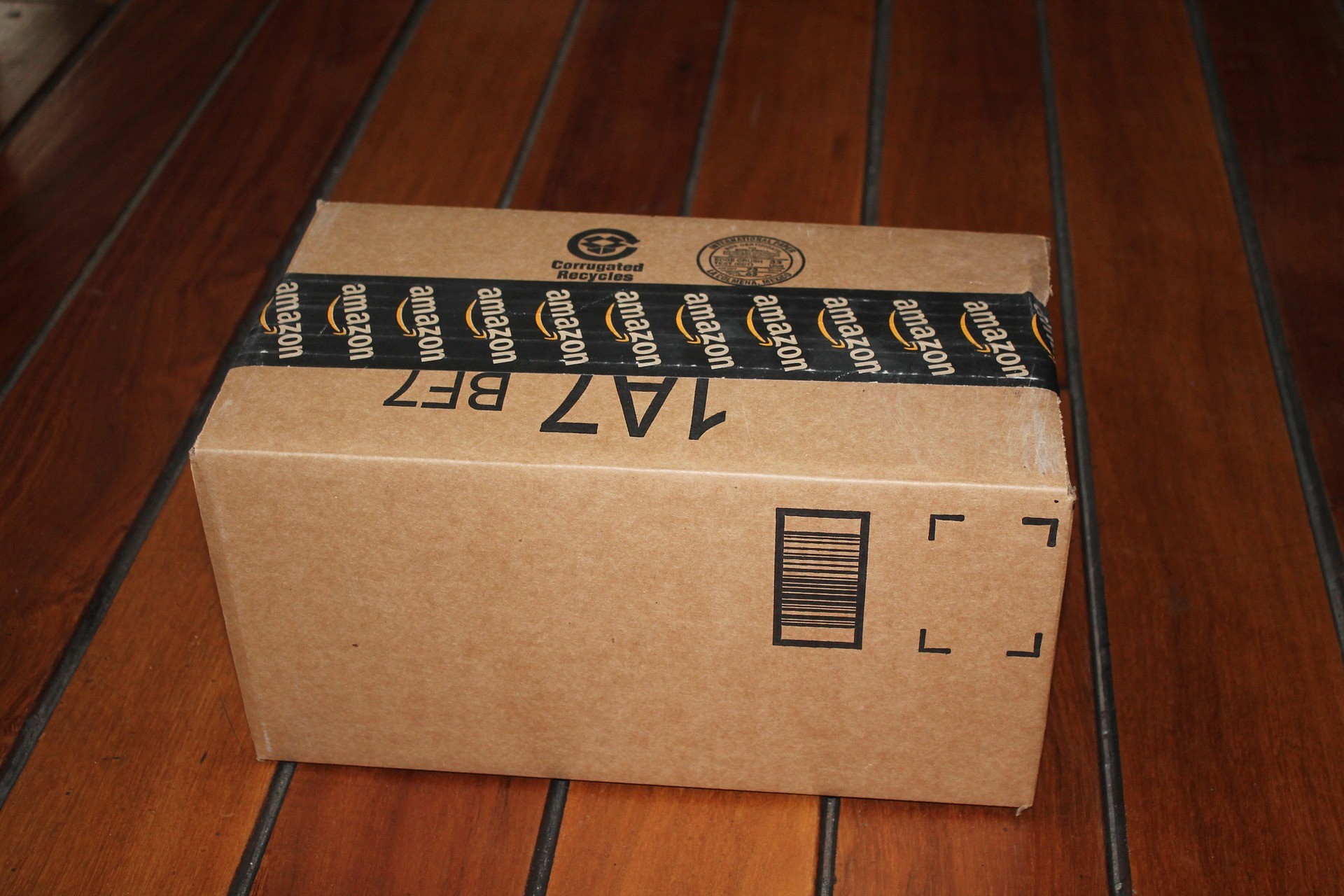eCommerce has grown at an enormous pace in the wake of the pandemic, with online sales rising 55% year over year in July alone. Forecasts from Adobe predict that 2020’s year-to-date online sales will surpass 2019’s total sales for the entire year by October 5.
More online shopping means more deliveries, and unfortunately, more deliveries (combined with a shortage of drivers and a strain on supply chains) bring an uptick in missing, damaged and stolen packages. A data analysis by package tracking app Route found a 19% increase in damaged packages and a whopping 131% increase in stolen packages between February and March of 2020.
Missing packages and package theft are pain points for retailers and customers alike; on the customer side, it causes dissatisfaction and unwanted delays. For retailers, it costs money and brings a new layer of logistical challenges.
If you’re one of the thousands of retailers that has stepped up its online sales as a result of Covid-19, you need a plan for dealing with delivery services and the stolen package issues that come with them. Here are four ways to combat and counteract lost packages and package theft.
1. Instill Confidence By Setting a High Standard
Today’s customer is digitally savvy, but also discerning about where they spend their money online. Before opening their wallet, the customer wants a guarantee that if something goes wrong, the retailer will make it right.
Amazon sets the gold standard in this department. The eCommerce giant offers a replacement or full refund on items that don’t arrive as expected, whether that means the package was damaged or never arrived at all. This applies to items purchased directly from Amazon and third-party sellers on the platform.
You can help instill a sense of confidence in your customers by offering a similar policy on lost and stolen packages. Make your policy easily accessible on your website; the page where you list information on returns or exchanges is a good spot for it.
2. Thwart Theft With Shipping and Delivery Notifications

74% of package theft happens during the day when the resident is away from home. Customers can’t be expected to wait around all day for package deliveries, but we as retailers can help them plan their day in a way that discourages package theft with up-to-the-minute shipping and delivery notifications.
Apps like Shopify’s Order Delivery Date allow customers to designate a preferred date and time slot for their package to be dropped off, so it’s more likely they’ll be home. Some carriers, like FedEx, allow customers to track their order and opt to have it held at a public location, like a FedEx branch or a local drugstore, if it looks like they won’t be around at the time of dropoff.
Choosing the right shipping carrier and using delivery scheduling apps can go a long way to proactively reducing package theft.
3. Offer Flexible Delivery Options
With brick-and-mortar stores across the country having to adjust their operations or close entirely to comply with Coronavirus restrictions, we’ve seen an increase in flexible shopping options like curbside pickup and local delivery. While these offerings are great for maintaining business among crowd-wary shoppers, they’re also a useful strategy for fighting lost packages.
Applications like Bringg and Liquid Delivery can help you set up and roll out local delivery options. Some eCommerce platforms, like Shopify, allow you to specify local delivery options when you’re setting up your checkout process. Local delivery is different from typical online ordering in that instead of a carrier like UPS handling the shipping and delivery of your package, it’s transferred to the customer directly from a nearby store branch via a retail employee or a third-party delivery driver.
Another way to add flexibility to your online sales offerings is through post-purchase options that go beyond your standard shipping notifications. With a delivery solutions platform like Narvar, which is used by merchants like Gap and Everlane, customers can add customized delivery instructions to their order after checkout, like ‘leave my package behind the potted plant.’
Greater flexibility not only adds to the all-important customer confidence we talked about earlier, but helps combat lost and stolen packages by minimizing the likelihood of an online order sitting on a doorstep all day, just waiting to be snatched.
4. Insure Against Package Theft
Even if you take all of the measures we’ve outlined above, you’re still going to run into issues with lost and stolen packages. It’s an inevitable part of running a business that sells a product online. Even so, that doesn’t mean you have to absorb the associated costs.
Consider insuring against package theft and lost deliveries with retail shipping insurance. Just as a homeowner’s insurance policy pays out for damages to your home, retail shipping insurance pays to cover the cost of refunding and replacing orders affected by loss or theft when you file an approved claim.

Retail shipping insurance is offered by shipping carriers as well as by third-party insurance companies. The cost is typically dependent on the value of the item, like X dollars for every $100 of package value.
Note that your deliveries may already be covered by the major shipping carriers; domestic parcels shipped through UPS and FedEx are automatically covered for loss or damage up to a value of $100, as are packages shipped through USPS Express Mail (though certain items, like fine jewelry and electronics, may be excluded). Check out the policies for your carrier of choice to decide whether you need additional coverage above and beyond what they offer.
Need a Hand Navigating The “New Normal” of eCommerce?
From expanding your online product catalog to launching your first digital marketing campaigns, chances are your online business has dealt with a slew of changes over the past few months. Springbot can help you chart a course for success.
With intuitive features for online merchants like marketing automation tools, real-time analytics and a dedicated support team, Springbot makes it easy to run, analyze and optimize the full scope of your eCommerce marketing from a single dashboard.
To learn how we can help you stay competitive and evolve with the rapidly changing marketplace, schedule your free demo today.




